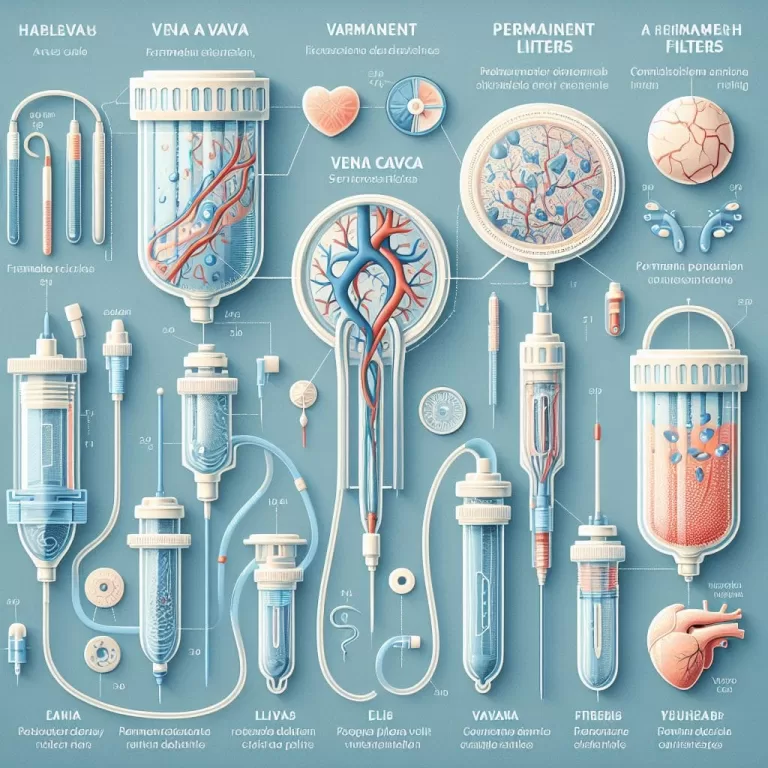Retrievable Vena Cava Filters
**Retrievable Vena Cava Filters: An Overview**
Retrievable vena cava filters are medical devices used to prevent pulmonary embolism (PE), a blockage in the arteries of the lungs. They are typically inserted into the inferior vena cava (IVC), the large vein that carries blood from the lower body to the heart.
**Benefits of Retrievable Vena Cava Filters:**
* Effectively reduce the risk of PE
* Retrievable, allowing for removal when no longer necessary
* Minimally invasive insertion procedure
**Indications for Use:**
* Patients with acute PE or a high risk of developing PE
* Patients who are unable to take anticoagulants (blood thinners)
* Patients undergoing major surgery or trauma
**Types of Retrievable Vena Cava Filters:**
* Nitinol filters: Made of a nickel-titanium alloy, these filters are flexible and retrievable.
* Stainless steel filters: Permanent filters made of stainless steel, these filters offer long-term protection.
**Insertion and Retrieval:**
Insertion is performed via a percutaneous procedure through the femoral vein. Retrieval is typically done once the risk of PE has subsided, usually within several months.
**Risks and Complications:**
As with any medical procedure, there are potential risks associated with vena cava filter insertion and retrieval, including:
* Infection
* Blood clots
* Filter migration
* Pulmonary embolism
**Conclusion:**
Retrievable vena cava filters are an effective treatment option for preventing PE. They offer several benefits, including retrievability, minimal invasiveness, and high efficacy. However, careful patient selection and management are essential to minimize the risk of complications.
Discover the Types of Vena Cava Filters: A Comprehensive Guide for Healthcare Professionals

Vena cava filters may prevent blood clots in your veins from reaching your lungs. They may be permanent, long-term solutions or temporary screens that may be removed after a few weeks or months. The vena cava is the large vein…
